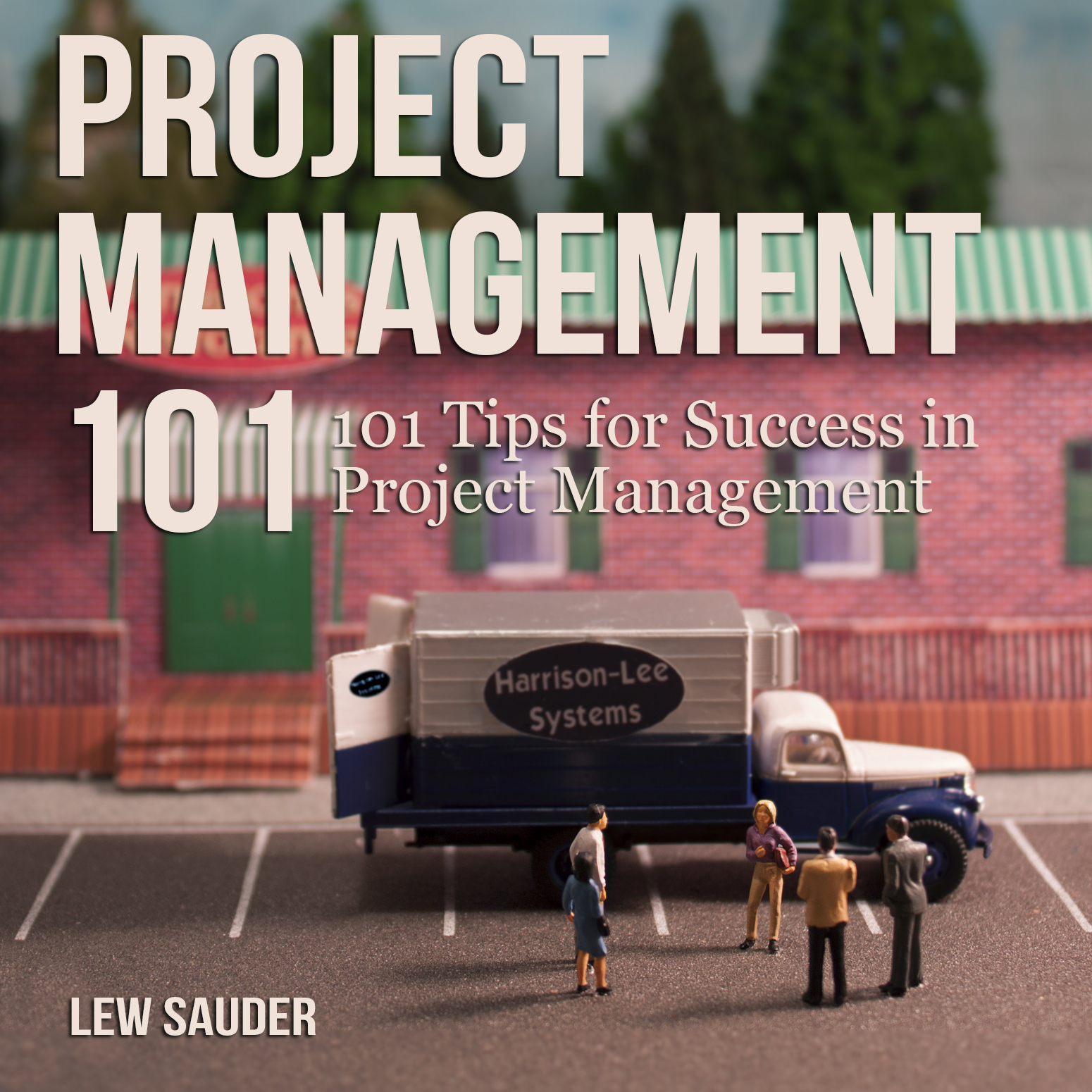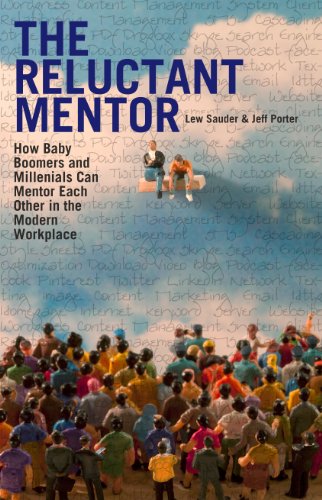I was once on a project where I brought on a new technical lead that I will call Mark. I had worked with Mark before and I knew he was good. He had excellent technical skills and he was a go-getter. He never waited for things to happen. He made them happen. I liked his assertive approach because I never had to stay on top of him.
When we started him on the project, I introduced him to the business team that we were developing a new application for. It was a cordial meeting. Everyone exchanged introductions and welcomed him to the team.
One of the results of the meeting was to have Mark schedule some break-out sessions with some of the individuals on the business side to get some more information about the application.
Mark included me as optional on the meeting invitations, mainly for awareness. But I did not attend them.
Two days later I got a call from one of the guys on the business team asking, somewhat incredulously, “Where did you get Mark from?”
“I’ve known Mark for about five years. He and I worked together at a previous company. I know from experience that he’s very good. Is there a problem?”
“He came in white hot with our team.” The business team member replied. “He started asking for documentation and giving us deadlines that we just can’t meet.”
I smiled to myself. This is exactly the reason I wanted Mark in this position. The business team had always been very demanding of our team. They laid down strict deadlines for us without providing us the information we needed in time to meet those deadlines. I wanted someone like Mark to push back hard on the business team to get the information we needed.
“Can you give me an example?” I asked my business counterpart, “How tight of deadlines did he give you? And what information is he asking for?”
My friend on the business side listed a few examples of the documentation that Mark had requested. He also told me that Mark requested a two-day turnaround on the requests.
“How much time will it take you to get that documentation? I thought you and your team had that information available.”
“We do have that information, but we’ll have to do some digging. We all have full-time regular jobs too, Lew. We are not allocated full-time on this project like your team.”
This is one of my favorite responses from the business side. I do realize that they are not allocated full time to our projects. I just get amused at the number of times they like to remind me of it. Without answering that part, I asked, “How much time do you think it will take you to get it?”
The conflict
Here he hemmed and hawed. The issue was not the two-day deadline. The issue was the Mark had given a deadline at all. They seemed a bit offended that we were dictating terms for anything we needed from the business team members. They believed it only went the other way.
Mark did everything I had asked him to do. We were on some tight deadlines and we needed critical information from the business team. I wanted him to be assertive and put some pressure on them to provide it.
I knew that the business stakeholders are our customers and we should treat them as such. But they had to meet us half-way to allow us to get the job done.
Defining the line
But I also realized that Mark may have gone too far. I was not sure where that proverbial half-way line was, but the business team felt Mark had crossed it. I decided that we had better get it defined.
I apologized for Mark’s assertiveness (or aggressiveness in their eyes). I did not want to throw my new guy under the bus. I explained that he was following my directive. I explained why it was critical for us to have that documentation in order to do our jobs and why we could not wait for it indefinitely.
I even threw in, “I need your team to meet us half-way to give you the high quality product you want.” Again, I asked the question that he never answered before. “How much time will it take you to get that documentation?
He pretended to think about it and offered up that if they rearranged some things, they could probably have it to us in three business days.
I thanked him for prioritizing it and told him that if they got in three days, we could probably meet our deadline. This planted the seed that if it takes them longer, it will take us longer.
Neutralizing the other side
After my call, I met with Mark. I wanted to get his side but also get him to back off a little on the assertiveness. He is going to have to work with this team for the next several months.
“How did your meetings with the business team go? I asked him”
“I thought they went well,” he replied. “They don’t seem too cooperative though, do they?”
I laughed. “They have their day jobs to do also, but I wish they would give this project more of a priority considering the pressure they put us under.”
I then described my call with the business stakeholder. I made it clear that he did what I asked him to do. They just took issue with us telling them what to do.
“I worked out a compromise with him to provide the documentation in three days. That should allow us to still hit our deadlines. Next time we need information from them, let’s let them have some say in the deadline. We can make a recommendation or even a best-case scenario for it. But we can let them come back with a reasonable date for them to provide information.”
Mark seemed okay with the new approach. He was a little embarrassed at making a bad first impression. With his new guidance, he continued to meet with the business team. He continued to make requests, but he was a little more diplomatic with them. By the end of the project, the business team loved Mark for the same reasons I did. He got things done.
Managing conflict on a project
If you are going to deal with people, you are going to deal with conflict. It is a natural part of every project. I have always found that it is best to confront conflict head on.
- Get both (or all) sides of the story. There is almost always more to it than one side describes it.
- Determine if there is a middle ground. If both sides were wrong in some way, and you can get them to concede on that, identify a compromise solution.
- Diplomacy goes a long way. I tried to make it clear to both sides that the other was not to blame. They each had their reasons. I absorbed any blame. I wanted them both to approach it a little differently and be able to continue working together.
- Escalate only when necessary. I prefer to solve personal conflicts myself. If the business team had dug in their heels and refused to compromise, I might have had to raise an issue on the delay. Mark could have stubbornly said he should be able to give the business team deadlines as he pleased. I would have then had to be a little heavy-handed and ordered him to act more diplomatically. It is hard to be grudgingly diplomatic. I have found that a cooperative management approach breeds cooperative team members.
How have you dealt with conflict on a project?
If you would like to learn more about a career in Project Management, get Lew’s book Project Management 101: 101 Tips for Success in Project Management on Amazon.
Please feel free to provide feedback in the comments section below.
Image courtesy of num_skyman at FreeDigitalPhotos.net






0 Comments